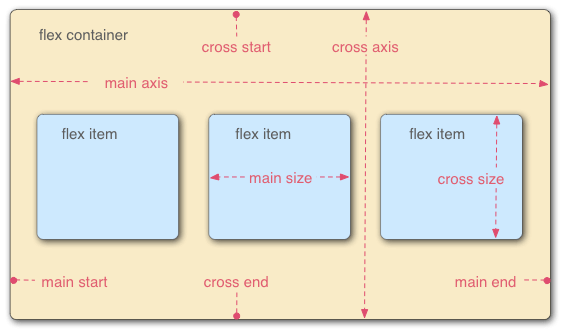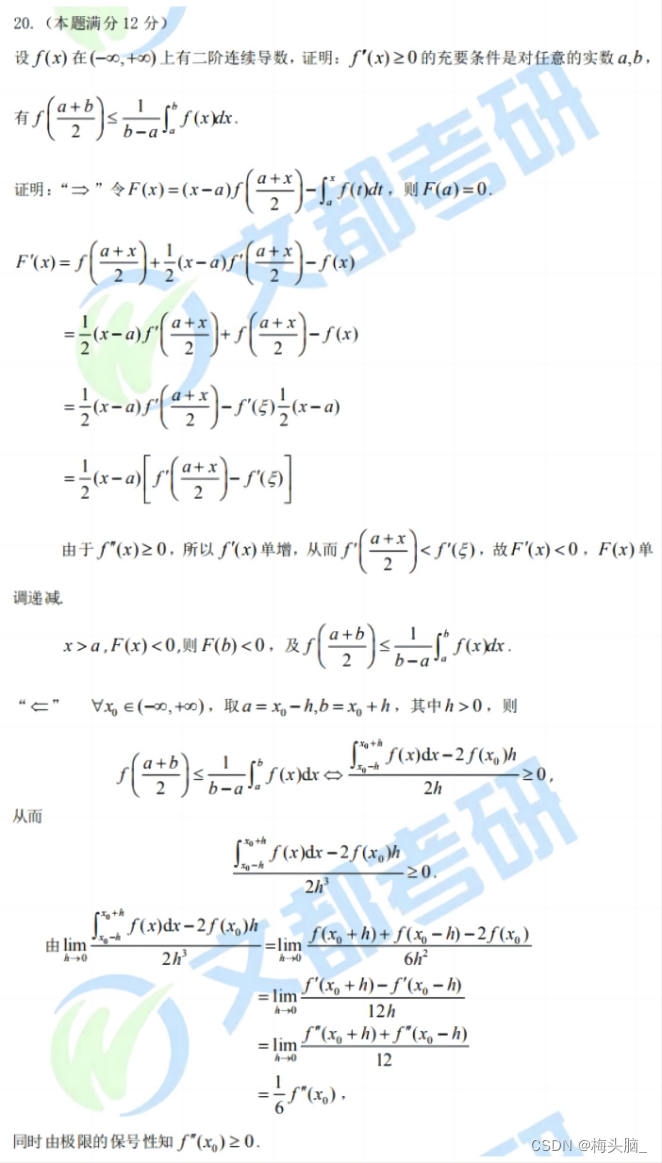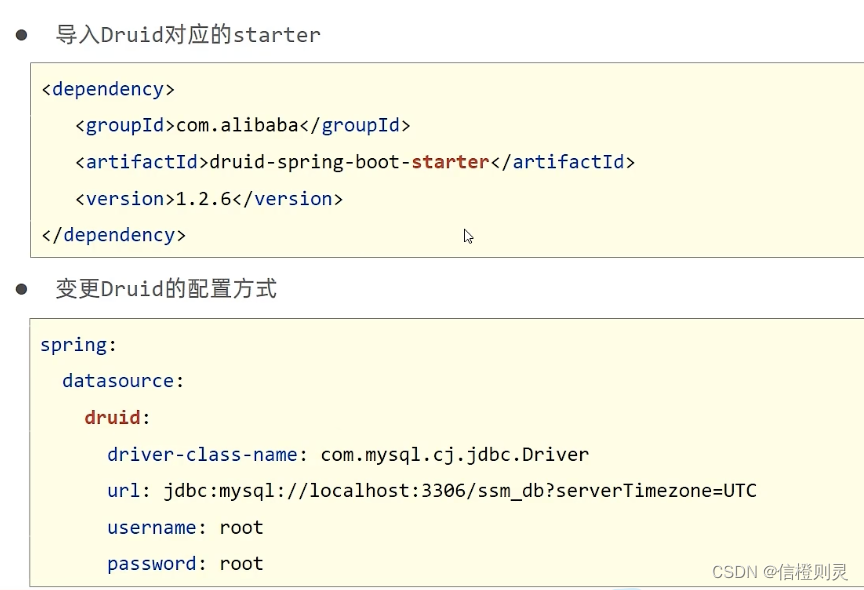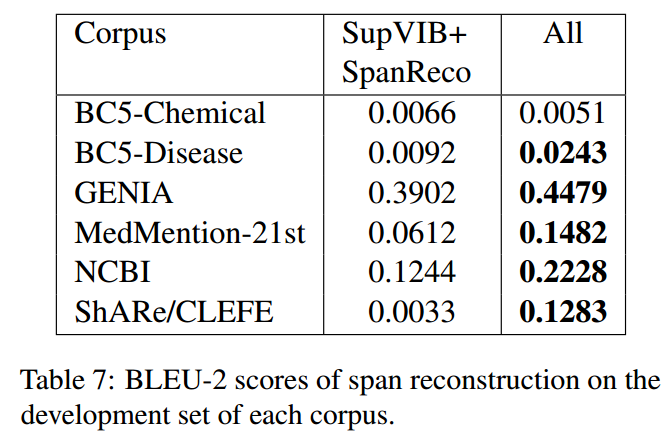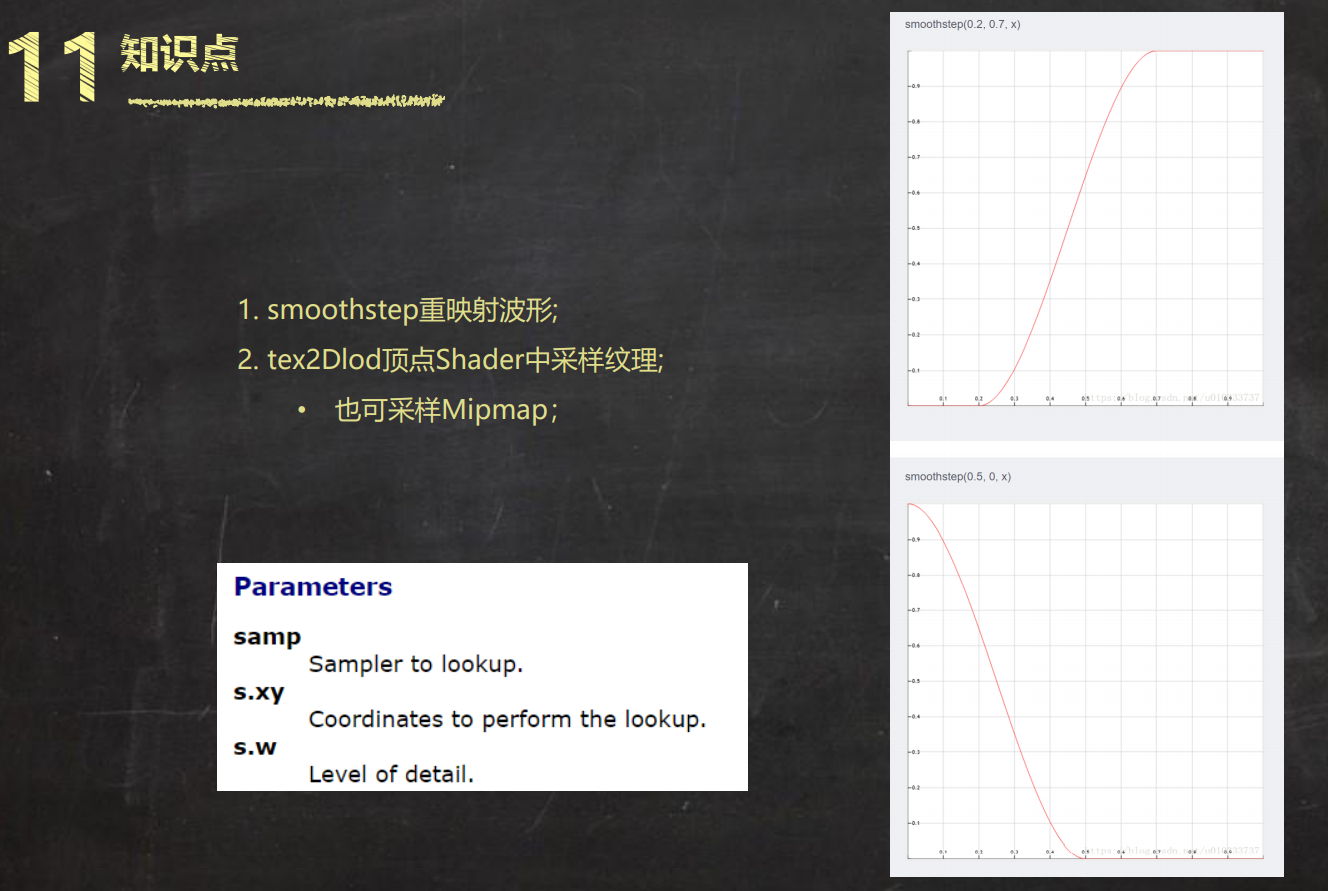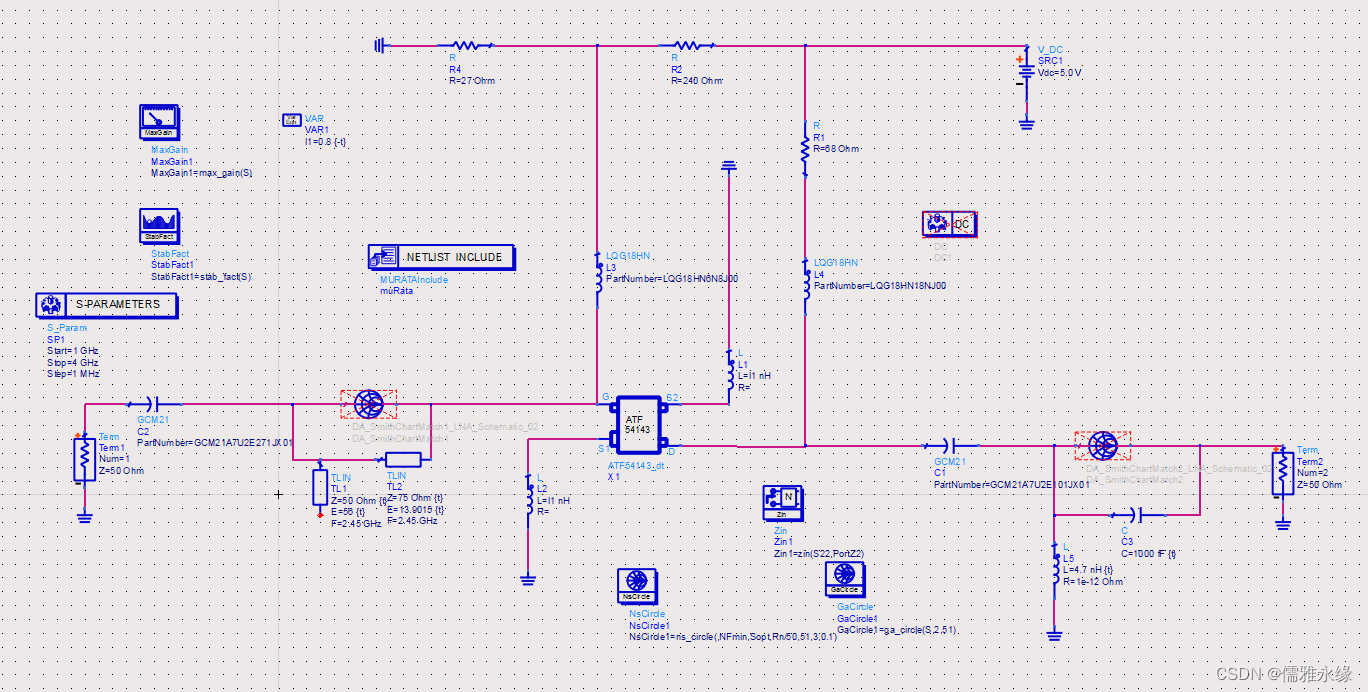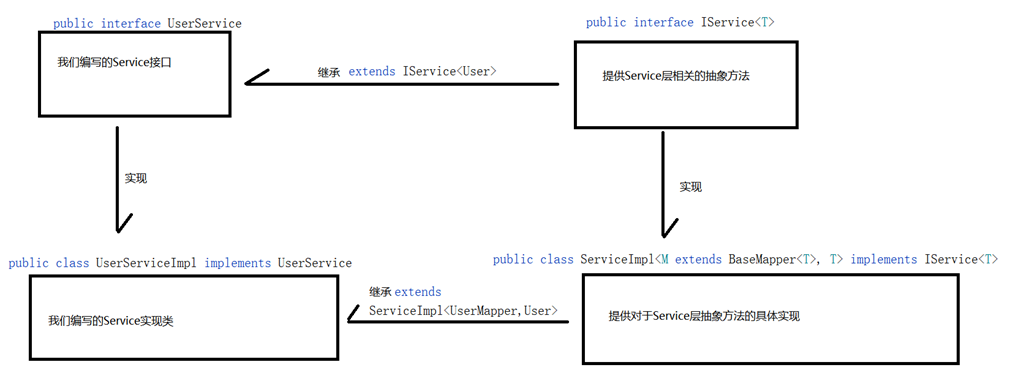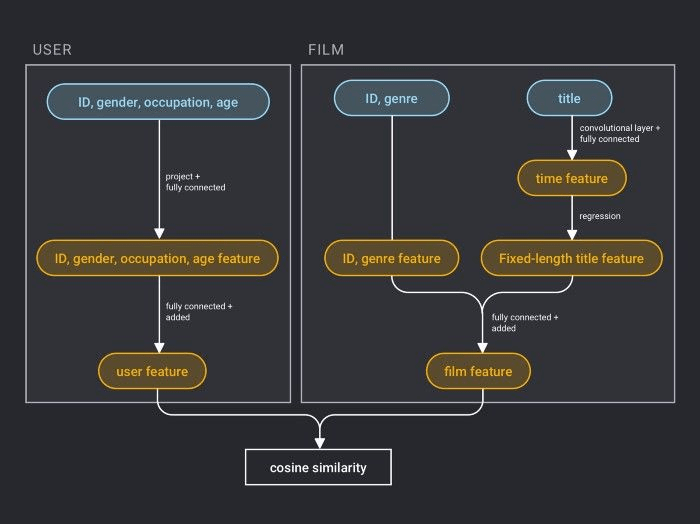文章目录
- 一【题目类别】
- 二【题目难度】
- 三【题目编号】
- 四【题目描述】
- 五【题目示例】
- 六【题目提示】
- 七【题目进阶】
- 八【题目注意】
- 九【解题思路】
- 十【时间频度】
- 十一【代码实现】
- 十二【提交结果】
一【题目类别】
- 栈
二【题目难度】
- 简单
三【题目编号】
- 剑指 Offer II 027.回文链表
四【题目描述】
- 给定一个链表的 头节点 head ,请判断其是否为回文链表。
- 如果一个链表是回文,那么链表节点序列从前往后看和从后往前看是相同的。
五【题目示例】
-
示例 1:

- 输入: head = [1,2,3,3,2,1]
- 输出: true
-
示例 2:

- 输入: head = [1,2]
- 输出: false
六【题目提示】
- 链表 L L L 的长度范围为 [ 1 , 1 0 5 ] [1, 10^5] [1,105]
- 0 < = n o d e . v a l < = 9 0 <= node.val <= 9 0<=node.val<=9
七【题目进阶】
- 能否用 O ( n ) O(n) O(n) 时间复杂度和 O ( 1 ) O(1) O(1) 空间复杂度解决此题?
八【题目注意】
- 本题与主站 234 题相同:https://leetcode-cn.com/problems/palindrome-linked-list/
九【解题思路】
- 本题比较简单,直接使用快慢指针找到链表的中间位置
- 然后将链表的前半部分入栈
- 最后将链表的后半部分和栈中的元素比较
- 如果比较后栈为空,说明是回文链表,否则不是
- 最后返回结果即可
十【时间频度】
- 时间复杂度: O ( n ) O(n) O(n), n n n为链表的长度
- 空间复杂度: O ( n ) O(n) O(n), n n n为链表的长度
十一【代码实现】
- Java语言版
class Solution {
public boolean isPalindrome(ListNode head) {
ListNode slow = head;
ListNode fast = head;
while(fast != null && fast.next != null){
slow = slow.next;
fast = fast.next.next;
}
Stack<ListNode> stack = new Stack<>();
while(head != slow){
stack.push(head);
head = head.next;
}
if(fast != null){
slow = slow.next;
}
while(slow != null){
if(!stack.isEmpty() && stack.peek().val == slow.val){
stack.pop();
}
slow = slow.next;
}
return stack.isEmpty();
}
}
- C语言版
bool isPalindrome(struct ListNode* head)
{
struct ListNode* slow = head;
struct ListNode* fast = head;
while(fast != NULL && fast->next != NULL)
{
slow = slow->next;
fast = fast->next->next;
}
struct ListNode** stack = (struct ListNode**)malloc(sizeof(struct ListNode*) * 50000);
int top = -1;
while(head != slow)
{
stack[++top] = head;
head = head->next;
}
if(fast != NULL)
{
slow = slow->next;
}
while(slow != NULL)
{
if(top != -1 && stack[top]->val == slow->val)
{
top--;
}
slow = slow->next;
}
free(stack);
return top == -1;
}
- Python语言版
class Solution:
def isPalindrome(self, head: ListNode) -> bool:
slow = head
fast = head
while fast != None and fast.next != None:
slow = slow.next
fast = fast.next.next
stack = []
while head != slow:
stack.append(head)
head = head.next
if fast != None:
slow = slow.next
while slow != None:
if len(stack) != 0 and stack[-1].val == slow.val:
stack.pop()
slow = slow.next
return len(stack) == 0
- C++语言版
class Solution {
public:
bool isPalindrome(ListNode* head) {
ListNode* slow = head;
ListNode* fast = head;
while(fast != nullptr && fast->next != nullptr){
slow = slow->next;
fast = fast->next->next;
}
stack<ListNode*> st;
while(head != slow){
st.push(head);
head = head->next;
}
if(fast != nullptr){
slow = slow->next;
}
while(slow != nullptr){
if(!st.empty() && slow->val == st.top()->val){
st.pop();
}
slow = slow->next;
}
return st.empty();
}
};
十二【提交结果】
-
Java语言版

-
C语言版

-
Python语言版

-
C++语言版

